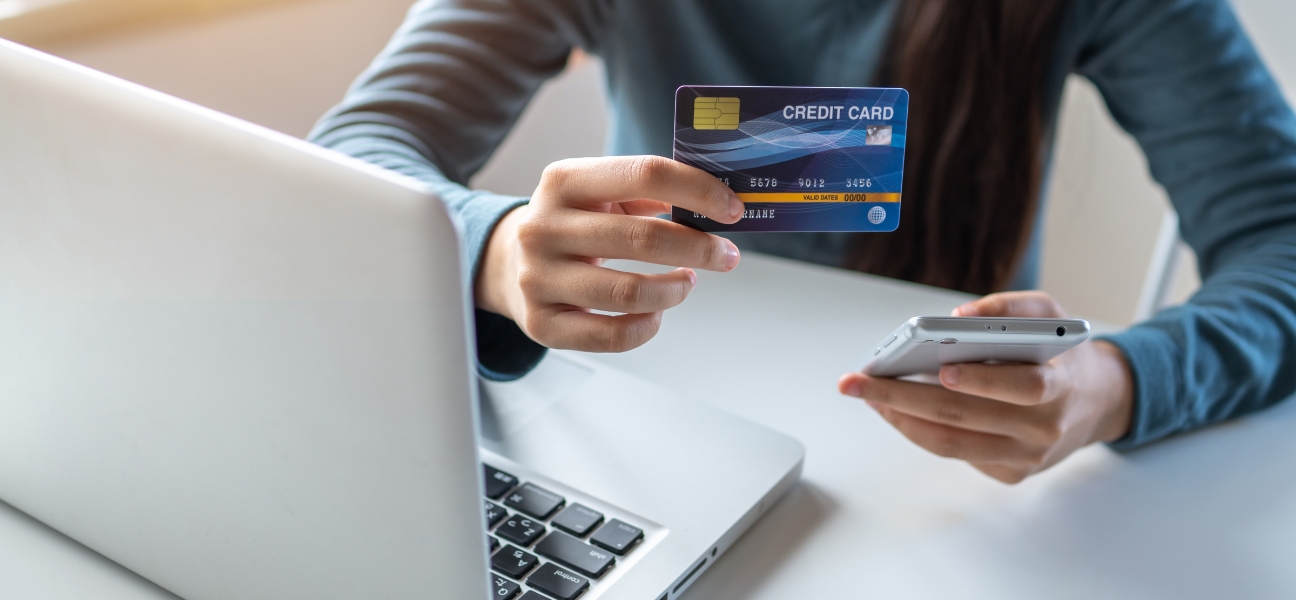
Buying a used iPhone can save you money—but it can also cost you if you’re not careful.
Too many people end up with phones that won’t charge, can’t connect to their network, or worse—have hidden water damage or are permanently locked. And once the money changes hands, it’s usually too late to fix the mistake.
Whether you're buying from a friend, meeting a stranger from Facebook Marketplace, or working with a reseller, this guide will show you exactly what to check before you pay.
Before you even show up to see the phone, make sure you know what you're buying. Check the exact iPhone model (not just “iPhone 11”—is it an 11, 11 Pro, or 11 Pro Max?), the storage capacity, and what that model is currently worth.
Use Apple’s tech specs or third-party resources like GSMArena to compare models. That way, you won’t get overcharged or surprised by a downgrade.
This is where things get real. Ask the seller for the IMEI (found in Settings > General > About). Then do three things:
If they won’t give you the IMEI or act sketchy about it, that’s a huge red flag.
Start with the obvious: any cracks? Dead pixels? Weird screen colors or dark spots? A cracked or poorly replaced screen can be expensive to fix—and a red flag for previous damage.
Test how smooth the touchscreen feels. Make sure it responds quickly and accurately. If it supports 3D/Force Touch (older iPhones), press and hold to test.
Look at the phone’s shape from all angles. Slight bends or gaps in the frame could mean it was dropped—or that the battery inside is swelling. Press gently on the screen or back glass when the phone is powered off. If you feel a soft spot or bulge, walk away.
Plug in a charger to test the charging port. Try out the volume buttons, mute switch, power button, and even the SIM tray. Dust and corrosion around the port area can point to water damage. Don’t forget to play music to test the speakers and mic while you're at it.
Go to Settings > Battery > Battery Health & Charging. If the Maximum Capacity is under 85%, the battery is considered degraded and will likely need replacing soon.
Phones with very low battery health often die quickly, take forever to charge, or shut off randomly.
Take a few minutes to test the essentials:
Also open Voice Memos or Notes with voice and test the microphone and speaker. If the phone has a headphone jack (rare, but older models do), test it too—or connect Bluetooth earbuds.
This one’s critical. Go to Settings > Tap the name at the top > Scroll down and tap Sign Out. If they say they “forgot the password” or “will do it later,” don’t buy the phone. It could be stolen or completely unusable.
If they can’t remove their iCloud account on the spot, the phone isn’t ready for resale—no matter what they say.
After signing out, reset the phone by going to Settings > General > Transfer or Reset iPhone > Erase All Content and Settings. Once erased, it should land on the “Hello” screen.
If you see a screen asking for someone else’s Apple ID login, the phone is Activation Locked—and you won’t be able to use it. Ever.
Head to Settings > General > About. If you see messages like “Unknown Part” for the display, battery, or camera, it means those components have been replaced—likely with third-party parts. That’s not always a deal-breaker, but it’s something you should know before you buy.
There’s nothing wrong with a phone that’s been fixed—as long as the repair was done right. Ask the seller if they’ve had the screen, battery, or back glass replaced. Replacements are common, but avoid phones that were fixed with cheap parts or sketchy DIY jobs. If they can't give a straight answer, be cautious.
Scammers often sell phones they’ve found or stolen—usually at a price that seems too good to pass up. These phones are often blacklisted by IMEI, which means you won’t be able to activate them on any carrier. Always check the IMEI first, and if the deal seems too good to be true, it probably is.
Some phones are "flashed" to work temporarily on other networks. These may seem fine at first, but after a few days or weeks, you could lose LTE, texting, or calling features. If the phone was originally locked to a different carrier, make sure it was officially unlocked—not hacked.
Some sellers bundle fake Apple chargers or swap in low-grade screens to boost the phone’s appearance or price. If the screen looks off-color, isn’t responsive, or the charger feels lightweight and flimsy, it’s likely a knockoff.
Don’t meet just anywhere. Choose a police station, coffee shop, or a public place with free Wi-Fi, where you can fully inspect the phone. Avoid inviting strangers to your home or meeting in isolated locations—especially at night.
Cash is convenient but gives you zero protection if something goes wrong. Instead, use Venmo, PayPal Goods & Services, or even a mobile escrow app for added security and a transaction record.
Even if it’s informal, a written receipt protects you. Write down the device details, price, and date, and ask for the seller’s name and contact info. It’s extra peace of mind if something turns out wrong later.
Buying a used iPhone can be a smart move—if you do it right. A few quick checks can save you from expensive repairs, activation issues, or straight-up scams. Take your time, trust your gut, and don’t be afraid to walk away if something feels off.
Have a used iPhone that needs a battery, screen, or back glass repair? Book a fast mobile repair in Baltimore with Pull Up Phone Repair—and we’ll come to you, on your schedule.